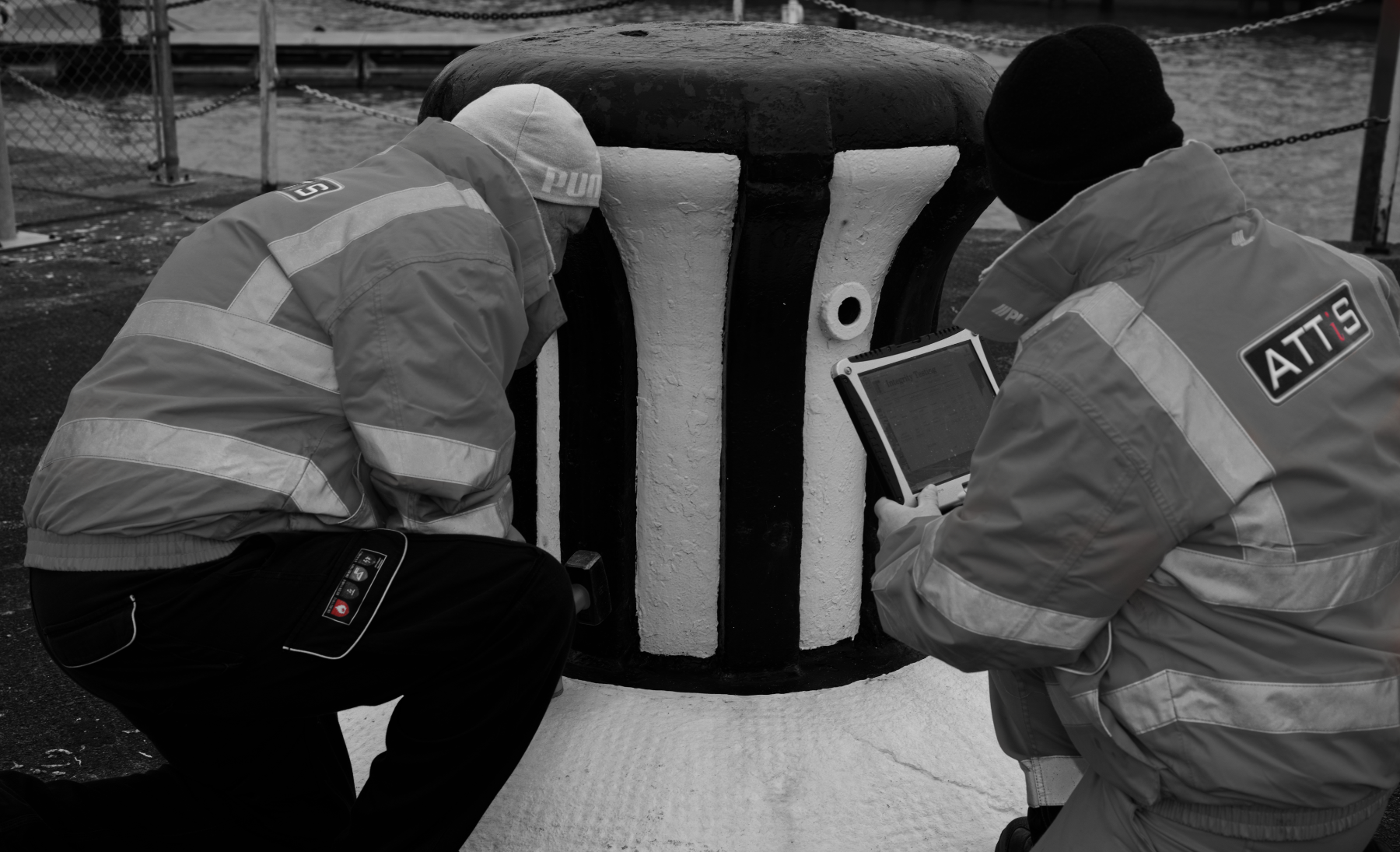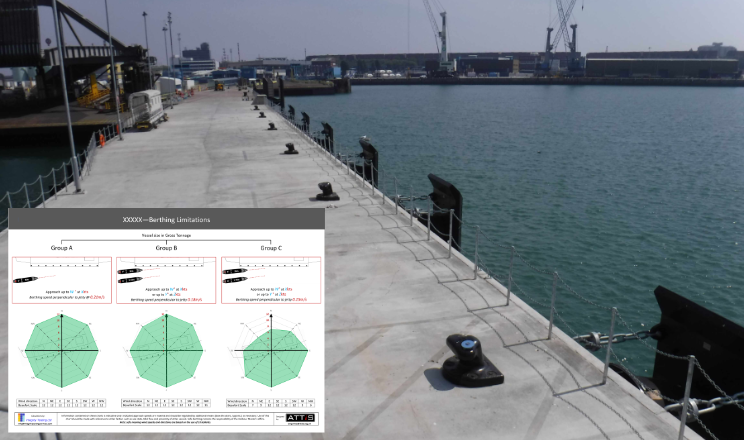Why it is important to have an effective design strategy (part 1)

Initiating the design process
At the start, where decisions are to be made about the efficacy of the venture, it is important to consider the individuals who will have high-level responsibilities to the project, the client, and the design. But what of those organizations who do not have the necessary skillsets in important areas of the project?
It is entirely possible that a given organization may not have the relevant experience, competency, or availability of personnel to undertake a project to fulfil the initiating need. A small company, for example, which plans to expand its warehousing facility, is unlikely to have a construction expert. In many such instances it is likely the organization will engage external consultants or other advisers to assist them. These external personnel should not be forgotten in the documenting of the project’s roles and responsibilities although it is to be borne in mind that they should always report to a senior stakeholder within the organization. This will provide an additional level of assurance that their input is consistent with their contractual obligations.
The business case must consider these aspects in conjunction with the other organizational-level parameters. If the organization is to be too reliant on external advice, this may have cost implications that could make the project unviable. Or, alternatively, the possibility of reduced impartiality or enthusiasm in the project might present as a risk to its timely completion. A lack of experience or availability in the client’s own organization must be recorded as a risk and suitable control measures identified. These risks and measures will all have a bearing on the business case as a whole, including the make/buy and do nothing approaches.
At this stage, it may be relevant, and indeed only possible, to identify the following responsibilities.
- The identity of the key decision maker.
- The identity of the key project lead, if different from above.
- The person responsible for creating and/or maintaining the risk register.
- The identity of any individuals who champion any mitigations identified in the risk register.
Once responsibilities have been identified and forms of communication have been agreed, these should be captured in a communications plan.





